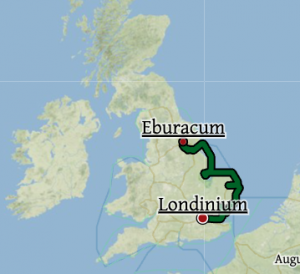Today is the anniversary of that day when people show paintings of the surrender at Appomattox Courthouse, and I ask, “General Grant, why are you shaking hands with that piece of shit?” I also wonder if American generosity to bloody-handed traitors might have something to do with our current habit of appeasement to Nazis, anti-Semites, and insurrectionists.











